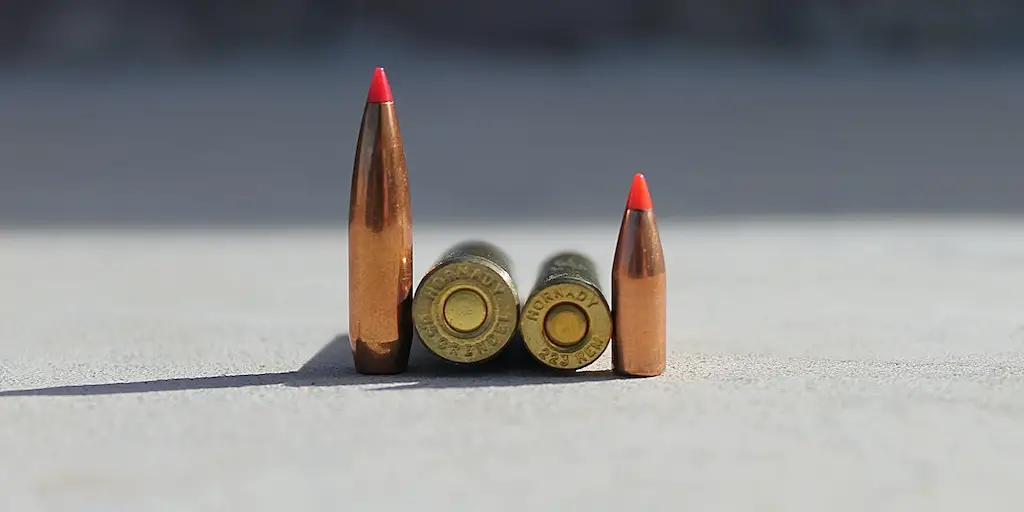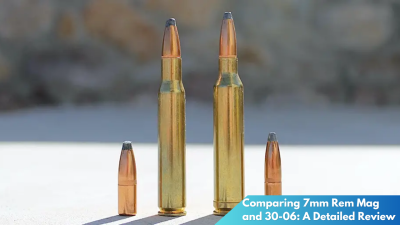In the realm of modern rifle cartridges, the 6.5 Grendel and the 5.56 NATO stand out as popular choices among shooters. Both have distinct characteristics that make them suitable for various applications, from tactical scenarios to hunting. This article delves into the details of these two cartridges, comparing their performance, range, and practical applications to help you make an informed decision.
Introduction to 6.5 Grendel and 5.56 Cartridges
The 6.5 Grendel was developed by Alexander Arms in 2003, primarily as an improvement over the 5.56 NATO for longer-range applications. Built on the framework of the AR-15 platform, the 6.5 Grendel offers a blend of power, range, and accuracy that appeals to shooters who demand more from their rifles. Its design focuses on maximizing ballistic performance, particularly in terms of energy retention and wind bucking ability over long distances.
On the other hand, the 5.56 NATO, with its roots in the early 1960s, has been the standard cartridge for NATO forces due to its lightweight nature and suitability for semi-automatic and fully automatic fire in military rifles. Its widespread adoption is due to its reliable performance in various conditions and its balance of manageable recoil with effective terminal performance within moderate ranges. This makes the 5.56 a versatile and cost-effective choice for a variety of shooting activities.
While the 6.5 Grendel is a relatively newer entry in the market, it addresses some of the limitations of the 5.56, particularly concerning range and stopping power. However, the 5.56 remains a favorite due to its historical significance, availability, and lower ammunition costs. Understanding the unique attributes of each cartridge can guide shooters in choosing the right tool for their specific needs.
Performance Analysis: Range, Velocity, and Accuracy
When comparing the range capabilities of the 6.5 Grendel and the 5.56 NATO, the Grendel has a clear advantage. The 6.5 Grendel’s heavier bullets maintain velocity better over longer distances, resulting in flatter trajectories and improved energy retention. This makes it a favored choice for those looking to engage targets beyond 500 yards, where the 5.56 starts to lose its effectiveness due to its lighter bullets and faster drop-off.
In terms of velocity, the 5.56 NATO generally has a higher muzzle velocity owing to its lighter bullets and the higher pressure loads it can safely handle. This results in a zippy performance with quick, flat-shooting characteristics, especially effective up to 300 yards. However, as the range extends, the velocity advantage diminishes, and the 6.5 Grendel’s superior ballistic coefficient takes over, offering better stability and resistance to wind drift.
Accuracy is another arena where the 6.5 Grendel shines, particularly at extended ranges. The combination of higher ballistic coefficients and reduced wind drift enhances the cartridge’s precision capabilities. The 5.56 NATO, while accurate in its own right within its effective range, cannot compete with the Grendel when precision shooting at longer distances is required. Shooters prioritizing pinpoint accuracy at greater ranges might find the 6.5 Grendel more aligned with their goals.
Practical Applications: Hunting and Tactical Use
For hunters, the choice between 6.5 Grendel and 5.56 NATO hinges on the type of game and the environments they frequent. The 6.5 Grendel offers better terminal ballistics, making it suitable for medium-sized game such as deer and hogs. Its ability to deliver consistent knockdown power at extended ranges is particularly advantageous in open terrains. Conversely, the 5.56 NATO might be preferable for varmint hunting or small game due to its lighter recoil and faster follow-up shots.
In tactical scenarios, both cartridges have their rightful place. The 5.56 NATO’s lightweight nature allows soldiers and law enforcement officers to carry more ammunition, a critical advantage in prolonged engagements. Its reduced recoil also facilitates rapid target acquisition and sustained fire. However, for marksmen or designated marksman roles, the 6.5 Grendel’s accuracy and extended range offer tactical advantages, especially in engagements requiring precision shots from a distance.
Ultimately, the choice between the 6.5 Grendel and the 5.56 NATO depends on specific needs and scenarios. While the 5.56 remains a versatile and reliable choice for many tactical and sporting purposes, the 6.5 Grendel offers enhanced capabilities for those who require more range and stopping power. Understanding the strengths and weaknesses of each enables shooters to optimize their choice based on anticipated applications.
Both the 6.5 Grendel and the 5.56 NATO serve distinct purposes in the shooting community. Each has carved out a niche for itself, appealing to different types of shooters based on their unique requirements. Whether you prioritize range, power, or the ability to carry more rounds, understanding the detailed dynamics of these cartridges ensures that you are well-equipped to make the best decision for your specific use case.



